The real-time (mount-point) GNSS RTK streams of OGS cannot be redistributed in any form, including VIRTUAL RINEX, without the explicit consent of the organization. All research and collaboration proposals are welcome and encouraged. Please cite OGS's GNSS RTK services in this way:
«OGS GNSS RTK Services (Zuliani et al., 2009), GPS Project - RTK: a GPS network for real-time positioning in Friuli Venezia Giulia, GEOMETRA 2009, 12, 30-36pp.»»
The RTK (phase) and DGPS (code) differential correction distribution service of the OGS allows, with GPS+GLONASS technology, positioning on the territory in real time and with centimeter precision; the covered area includes the entire Friuli Venezia Giulia area. The system consists of an infrastructure of permanent FReDNet GNSS receivers and a calculation and distribution server (caster).
Access to the service is available free of charge, in Ntrip mode via the caster, managed by the Department Centro di Ricerche Sismologiche – CRS.
The NTRIP Caster addresses are the following:
The following mountpoints are available:
- FReDNet network single station
- A. Marussi single station
- FReDNet network solutions:
- NEAREST;
- VRS;
It is possible to register and manage a RTK account using the following form.
Log in
The service access ways to the real time positioning are the following:
| Service | Description |
|---|---|
| SINGLE STATION | The rover receives differential corrections from the single station (master) selected by the user. In this case, the server redirect data from the master station to the rover. More then one rover can access at the same time at the same master. In this case, the server increase data flow as many as the number of requests. The communication from server to rover is monodirectional. |
| NEAREST | The working mode is the same of the 'single station' mode. In this case, the user doesn't need to know the master station for connecting. The caster will distribute automatically the differential correction from the nearest permanent station. Adopting this mode, the server need the rover approximate position. The communication server-rover is bidirectional. |
| VRS | The rover receive differential corrections from a Virtual Reference Station (VRS). The caster, using data coming from all the station of the network and the approximate rover position, calculates a 'network solution' which create a VRS near the rover (few km). The rover must send his approximate coordinates (NMEA format) to the server; the communication server-rover is bidirectional. Differential correction provided are compliant with the RTCM3.x protocol |
| SLO | – |
| AU | – |
The OGS caster further to the convention with Regione Friuli Venezia Giulia, disseminates also the single station differential correction of Rete A. Marussi, some of the Austrian EPOSA network and some sites belonging to the MPRI not-for-profit organisation and to the University of Ljubiana in Slovenia.
All the real time services are distribuited respect to the new reference system ETRF2000(2008.0) scheme by Istituto Geografico Militare (IGM) to set of Rete Dinamica Nazionale (RDN). This system (ETRF2000(2008.0)) will be early adopted also in the services distribuited by 'Rete A.Marussi' which now use the reference system ETRF89.
The user who connects his receiver to the caster has at his disposal several access points called mountpoint.
The name 'mountpoint' identify:
- the owner of the service (OGS or RAFVG)
- the access service:
- from single station if the name contain the name of the GPS station;
- NEAR means from the GPS station nearest to the receiver;
- VRS or FKP for network solutions;
Examples:
| OGS_JOAN | The rover establish a connection in 'single station' modality with the OGS permanent site of JOAN. |
| OGS_NEA | The rover establish a connection in 'single station' modality to the nearest OGS permanent site |
| OGS_FKP | The rover establish a connection in FKP modality to the FReDNet Network |
| OGS_VRS | The rover establish a connection in VRS modality to the FReDNet Network |
| RAFVG_BARC | The rover connects in 'single station' mode to the permanent BARC (Barcis) GNSS station of the Friulia Venezia Giulia Region network |
NTRIP
The method used for transmitting differential correction information began as a simple application between a master station and a rover. The standard protocol used for exchanging information "one to one" is RTCM (Radio Technical Commission for Maritime Services). The information contained in the RTCM is classified into TYPES. The most used TYPES in the context of GPS differential corrections are shown in the table. The RTCM, unfortunately, is not able to support modern distribution services where multiple rovers need to access the same master simultaneously, in a "one to many" manner. As part of these services, the RTCM is transported by the Ntrip. Ntrip is a network protocol based on HTTP (Hyper Text Transfer Protocol) capable of performing the task of one-to-many distribution. In common usage, NTRIP refers not only to the protocol, but also to the network components that exchange information based on this protocol. From this point of view, an Ntrip system consists of three main components: Ntrip Client, Ntrip Server, Ntrip Caster. The RTCM data in Real Time are acquired by the GNSS receivers (Ntrip Source), processed via the Ntrip Server and then sent via the network externally to the Ntrip Caster which then routes them to the other Ntrip Client users.


